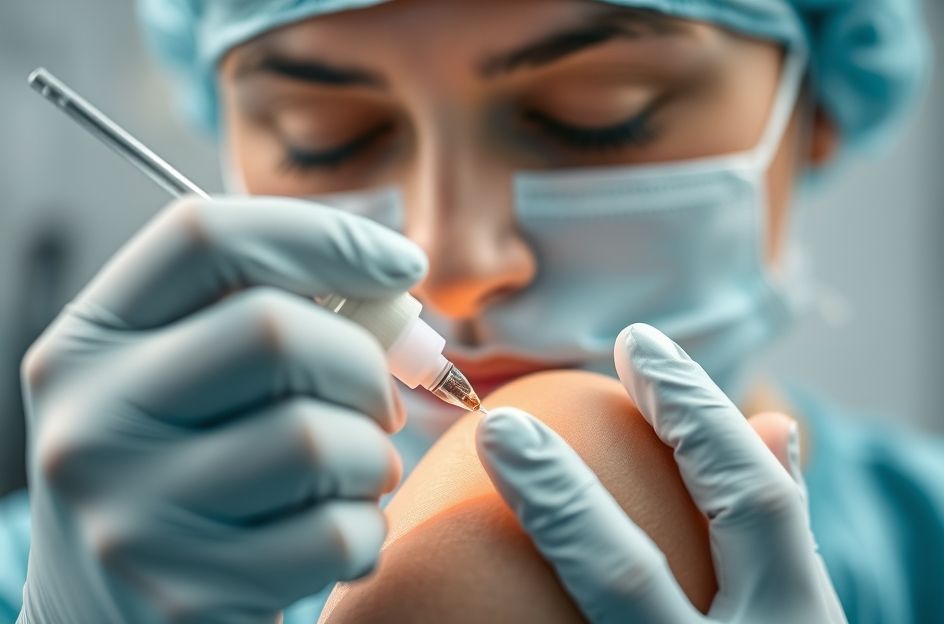Undergoing plastic surgery can be daunting, with concerns about scarring, healing time, and overall results. Fortunately, Platelet-Rich Plasma (PRP) offers a solution to alleviate many of these anxieties. PRP accelerates wound healing, minimizes infection, reduces swelling, lessens pain and bruising, and improves incision lines, ultimately reducing visible scarring.
PRP is derived from the patient’s own blood, eliminating the risk of rejection or infection. During the procedure, approximately 50cc of the patient’s blood is drawn and processed in a specialized centrifuge. This process separates the red blood cells from the plasma, and then further concentrates the platelets and natural growth factors within the plasma. This concentrated PRP is then applied strategically during the surgical procedure.
The accelerated healing attributed to PRP stems from the crucial role platelets play in wound repair. Platelets initiate homeostasis and release mediators that modulate the inflammatory response. Growth factors within platelets are proteins that stimulate tissue and wound repair, starting with clot formation. This is especially beneficial in procedures like rhinoplasty, where patients are concerned about potential scarring.
PRP was initially used in oral and maxillofacial surgery. Early studies demonstrated that PRP significantly improved healing after alveoloplasty, reducing pain and edema in the postoperative period. These findings led to the recommendation of PRP as a valuable tool for reconstruction in patients with congenital alveolar clefts.
Plastic surgeons now widely utilize PRP to enhance surgical outcomes. It remains the only readily available product containing elevated levels of naturally occurring growth factors, making it a logical choice for promoting faster and more effective healing. Patients seeking cosmetic improvements can now approach plastic surgery with greater confidence, knowing that PRP minimizes discomfort and the likelihood of noticeable scarring, leading to better overall results.
